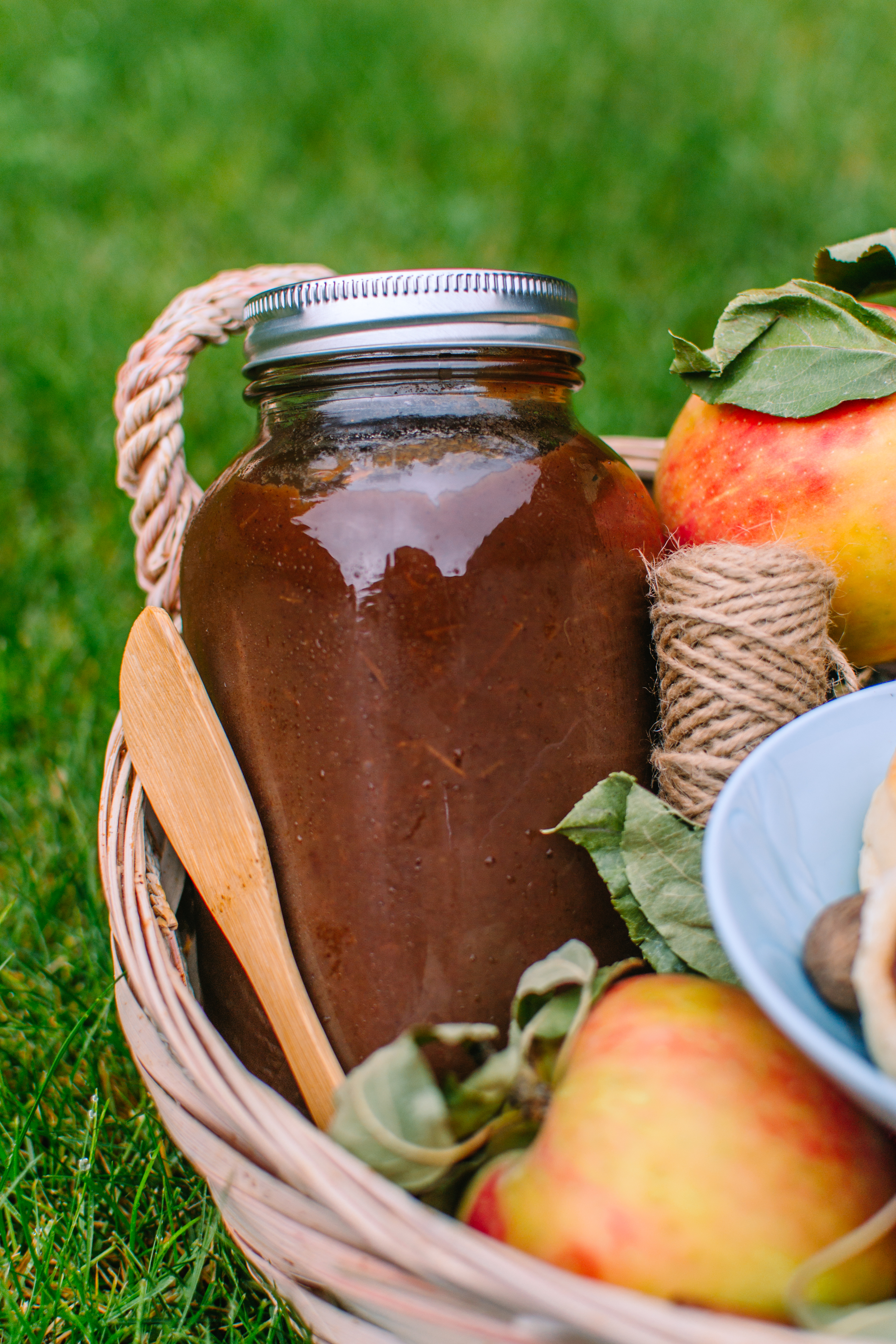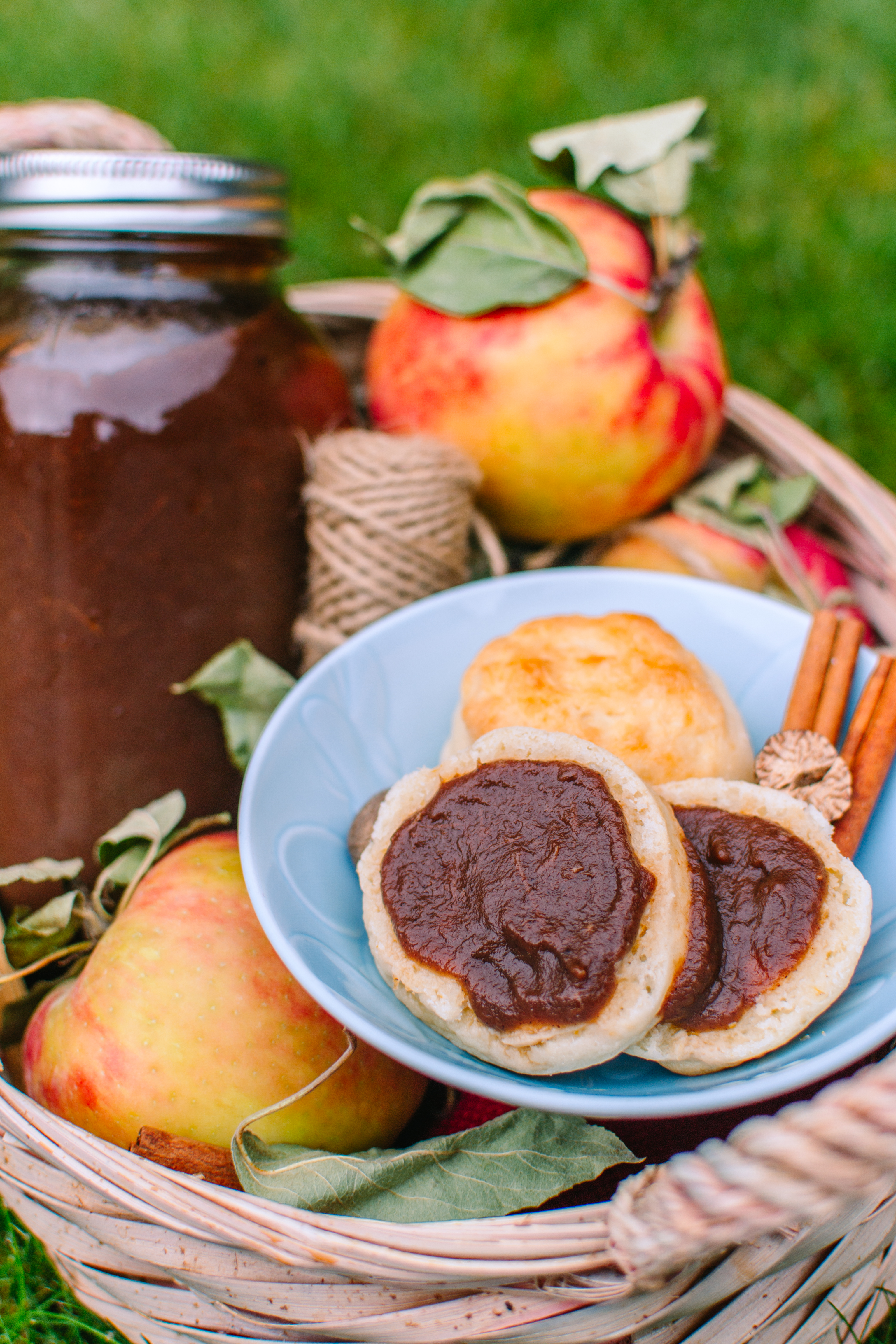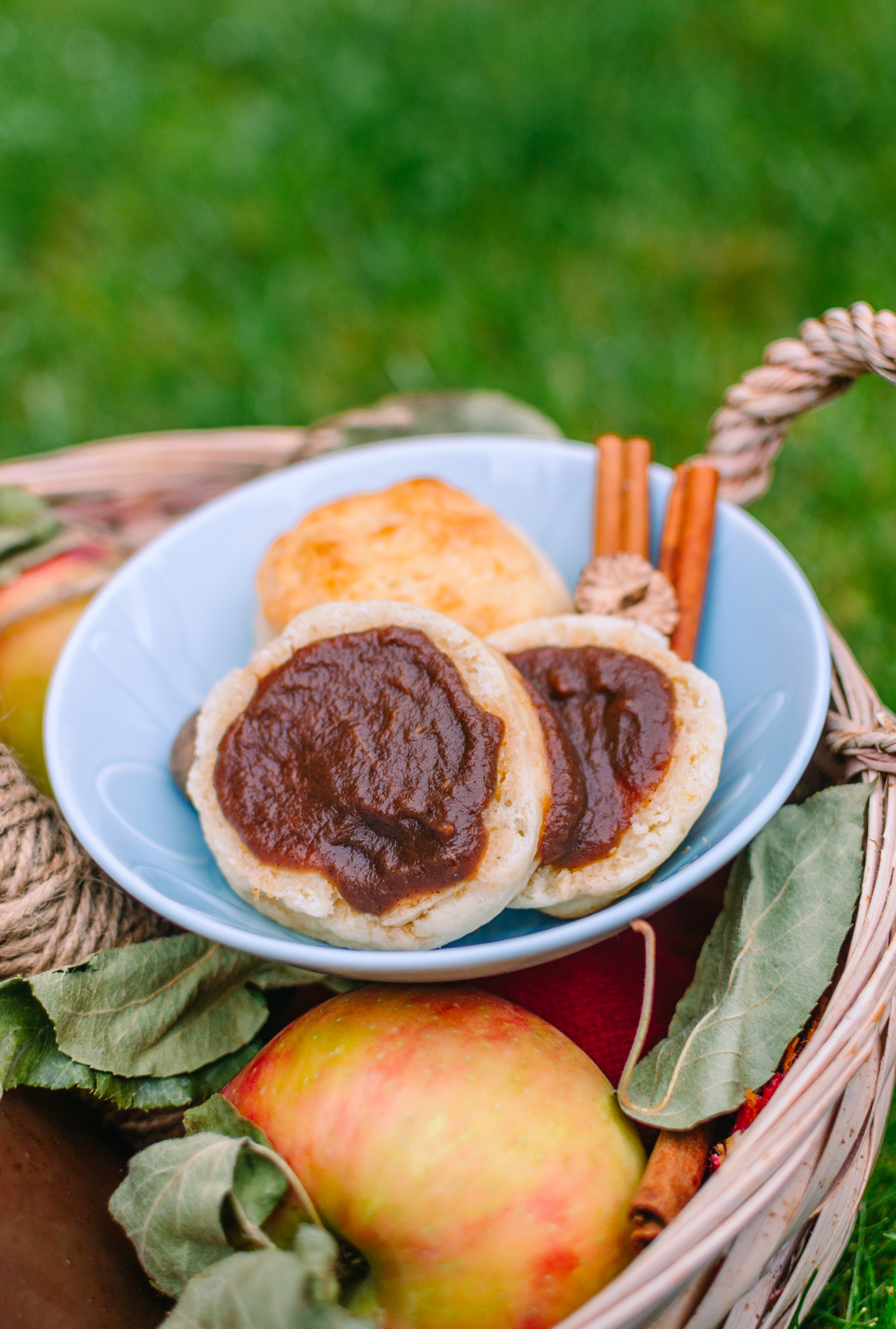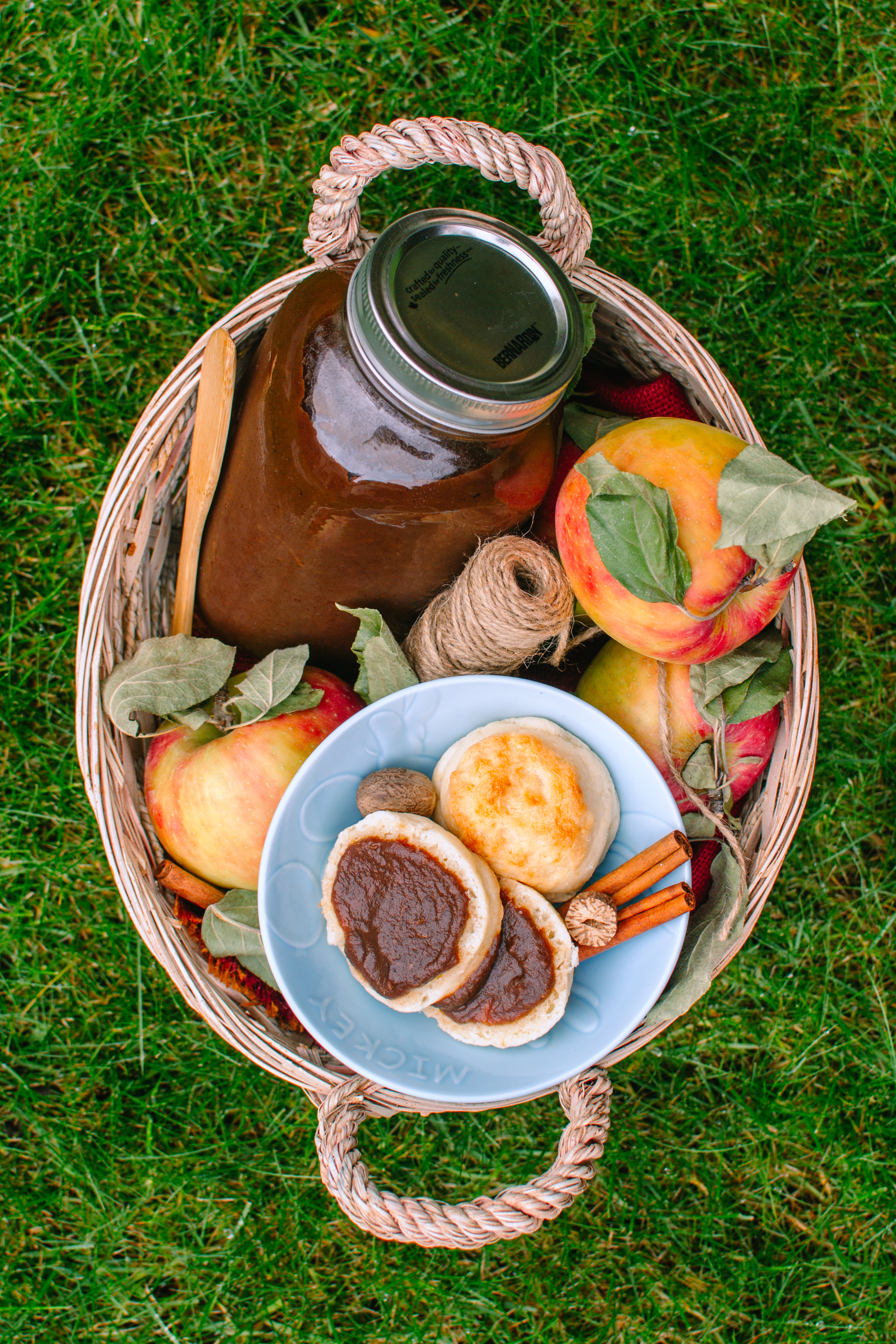Fall… my second favourite season. There’s just something about cuddling up in blankets with a good book, crunching on leaves on a run, seeing my breath in the air for the first time in a long time, pumpkin spiced goodies, warming foods, and just feeling more grounded within myself. It’s a calm and fuzzy shift from the hustle of summertime.

Since I’m claiming this recipe to be no-fail, I thought it might be appropriate to talk about failure in this blog post.
But first let’s look up what failure means by the book:
lack of success
the omission of expected or required action
I think that for a lot of us, success means we achieve what our initial desired goal was set out to be. To achieve that goal would signify success; to miss that goal would signify failure.
We all have an idea of what our personal strengths and weaknesses are. If I were to ask you “What are you good at? What are you not so great at?”, you would have a list for me ready to fire out. We pretty much unconsciously put a label to everything that we do, telling ourselves that we are either supposedly “good” at doing this or “bad” at doing that before we even allow ourselves to just do whatever the heck we set out to do and simply show up to do just that. These labels stem from our past experiences.

I am guilty of this myself, and honestly, what I do to combat this is to just give everything I do my best honest shot. Growing up, I have always labelled myself as this perfect straight A student, always aiming to be the top of class, got a perfect score on every spelling test, worksheet, joined every club offered, and did whatever the heck you could think of that every “good kid” did. Needless to say, the classic goody-two-shoes. So if I ever did anything out of that label, for example, missing one block to go to the dentist, I would feel terrible and very much guilty. I remember in my kindergarten year, I didn’t receive top of class because I got the chicken pox and missed school for a week, and I was crying for days about it … talk about high maintenance… and don’t even get me started why my kindergarten had “top of class” awards, like what constitute as a “top student” in kindergarten?!
This is besides the point. So growing up, I’ve always told myself
Okay Rachel. You are good at school, and you are a hardworking student
so this is the label I stuck to all my life, and it never really failed me. When I feel unmotivated, I remind myself I am supposed to be good at this, so I work harder at it until I get the results I want. Mind over matter, always.
But to label myself as “this is what I’m good at”, there is also an extensive list of “stuff I am bad at”, and for me those things include solving math problems, being artistic, talking in public, and troubleshooting technology. And this is where it gets limiting because when we label ourselves “I’m bad at this”, we have already limited our potential. It’s like “I am supposed to be bad at this, so I shouldn’t even try harder” kinda deal. Because if I break my own label, then who am I? Am I who I think I am or who I am portrayed to be? What happens if I can’t even stick to who I think I am?
The list of “things I am bad at” are placed in its respective category when I have failed at doing something in that regard. I remember I first deemed myself bad at math when I couldn’t seem to grasp concepts as quickly or as well as my friends. I also remember I first told myself I was bad at public speaking when I had stood in front of my grade 3 class and blanked out on what I was supposed to say when I had to do read-aloud poetry back in elementary school. And throughout elementary to middle school, I stuck to that label.
“Rachel, you’re bad at public speaking. It’s okay, it’s just who you are”.
I had accepted it for the longest time. But guess what? When I got into high school, I was tired of being the “shy girl who never talked in class” and I was tired of all the comments from teachers on my report card that read “Rachel should speak up more of her ideas in class”, and decided what better way to start over than at a new school, where no one has any expectation of who I am and who I am supposed to be? I no longer have the pressure to stick to that label of being the “shy girl”.
And so I started talking and actually participating in class. And when presentations came along, I told myself that I was confident and that I would be able to present with complete eye contact with the audience and without staring at a page. And only when I started doing this did I get better, and I realize that it’s because I allowed myself to get better, and I didn’t continue putting that limit on myself that this is as good as I was going to be, and that “it’s okay to be bad at it because this is who you are”.
I stopped using being “bad” at something as an excuse to stay stagnant. I started using it as an opportunity to get better.

This is the time when Leung would tell me
“No, that’s not how it works. Telling yourself that you can do something doesn’t mean you can actually do it. It’s like if you tell me to run, and even if I tell myself I can do it, I physically cannot do it even though I want to”.
And yes, I agree. Even when your mind says you can do something, it doesn’t necessarily mean it would be a success. Wouldn’t everything be so much easier if we can tell ourselves that we can do it, and the next second we can actually do that thing? Like if I just told myself “I can pass this math exam, easy peasy!” and do not put in the work, then heck no, I will not be passing that math exam. The trick is to couple telling yourself you can do it PLUS putting in the work to make it happen. Telling yourself you can and showing up is just half the battle.
A lot of the times, we are so paralyzed by the fear of failure that we don’t even allow ourselves the chance to succeed. One easy example where I watched myself improve from a pretty low start is running. No, I am not “naturally” good at running, nor am I “naturally” good at cardiovascular exercise. It’s not like I was born with extra powerful lungs and legs that just want to fly.
Nope. I started off just like everybody else. Oh, not just that. At the very bottom. Dead last at all of my middle school cross-country races. Countless participation ribbons. If you asked my elementary school friends whether I was a runner, they would probably think it’s a pretty good joke. But then something lit up in my head, and I decided one day that I didn’t want to be last anymore and that I wanted to be one of the fast kids, so I persisted until I achieved just that! And no, it doesn’t get easier. To keep a skill is to continue working at it, and to continue working at it means time and continuous effort.
Because when we want something badly enough, we will take that leap to get there and we will fight for it. To see what you’re willing to fight for is one of the tale tell ways to figure out what’s important to you. Even if there’s the risk of failure and so many obstacles to get through before we get there, if we want it enough, we will. To put yourself out there to try and to live with passion is the risk of showing failure to the world. One example from the top of my head is when people tell me “I don’t like to go outside to run because cars that go by can see me”. Or when they tell me “I can’t cook! What if I make a bad dish? I can’t bring a bad dish to a potluck!”. Or “I can’t reach out to him! What if he doesn’t feel the same way?! I’d make a fool out of myself!”. Or worse “I’ve already messed up/have already failed. Why would I try again?!”. And the dreaded “Why bother. It’s too hard to get there”. Or the plain “I’m not meant for this/It’s just not meant to be”. If you have these thoughts, re-evaluate how much you want to attain whatever it is, and decide from there whether you are willing to put in the effort.
But trust me. I have had those thoughts and I still have those thoughts when I first start doing anything, but the best news I’ll tell you today and what always helps me be motivated to keep going is to tell myself that I can only improve from here! Action beats inaction, any day.
And everyone who has achieved anything had also once started from the bottom, just like you. And if they had forgotten about that and have any negative business to say about the stage that you are at, it probably has nothing to do with you but something to do with themselves and their ego, and secondly, they really need to hop back onto the humble train… and that’s entirely their journey 😉
Failure should be our teacher, not our undertaker. Failure is delay, not defeat. It is a temporary detour, not a dead end. Failure is something we can avoid only by saying nothing, doing nothing, and being nothing.” — Denis Waitley
When there are road blocks, remember that there are never short cuts to any place worth going, and if you want it badly enough, you will make your way there. Whether it be through many detours, going through more failures than average, taking just a bit longer than usual; if you are persistent, if you stay present and surrender your expectations, if you reframe roadblocks and utilize them to step higher, I do not have a doubt that you’d end up with a recipe for success… or shall I say, an ultimate “no-fail” recipe? 😉
Ohh I’ve also been loving this song called “Wake your Dreams” by Brody Ray, and some of my favourite lines are
When your dreams are dying, and you’re done trying
It’s like you just can’t take it anymore
You gotta stand and fight, you gotta make it right
Find something deep down worth living for
It’s not where you’ve been, it’s where you’re going
It’s not who you are, it’s who you’re going to be
If you get the chance to listen to the whole song, do so (it’s on spotify)! It always puts a smile to my face. We lose 100% of the chances we don’t take, so what’s stopping us? Gotta risk it for the biscuit. And that’s a small price to pay for the possibilities of what could be!

Phew, I thought I didn’t have enough to write about for this post because I’ve been experiencing some major writers’ block and couldn’t figure out what the heck to write for this blog post. But now I should revert back to the actual recipe. Thanks for sticking around if you read the whole thing! Well, time for me to get away from the bustle of the city this weekend and pack up for a weekend camping trip up on the mountain. Heard there’s already snow up there, say whaaaat?!
And if currently you have too many apples on hand, do not fret. This apple butter would take this problem right out of your hands, and you’ll turn into 95% apples & 5% human in just about 24 hours from the time you begin to chop your first apple to make this recipe! This recipe is how I managed to eat 25 pounds of apples single-handedly within a month… crazy? I think not, cause you might do that too once you’ve tried it yourself! It’s like spreading caramel on toast or caramel in your oatmeal… don’t think fall can get better than this! I’ve been raving about apple butter to everyone I come across with in my classes, and I think slow-cookers are slowly flying off shelves now 😉
- Enough apples to fill up your slow cooker, any variety would turn out amazing!
- Ground cinnamon
- Ground nutmeg
- Ground cloves
- Ground ginger
- Coconut sugar, optional*
- Water
- Chop your apples in cubes. I like to dice mine up pretty small so I can fit more in and so it cooks down quicker.
- Fill your apples halfway up your slow cooker and add in half of the spices. I like to go heavy on the cinnamon, nutmeg, and cloves, but if you like a more neutral taste, adjust to your liking!
- Add the rest of your apples to fill the brim of your crockpot and mix in more spices as necessary. You can always add more later if you feel like it needs more once it's cooked down, so do not fret!
- Add about ¼ c. of water for every 3 pounds of apples you use to make sure it cooks down without burning the bottom. Go easy on the water if you want a nice, thick apple butter to spread on your toast!
- Turn the slow cooker on low, put on the lid, and head on about your day for 6-8 hours (it's pretty lenient, so don't worry about setting a timer for exact timing). If you are making it with an x-large crockpot like me, you can leave it for 12-14 hours.
- After this time, mix it around to make sure the bottom is doing okay. The apples should be soft and mash-able with a fork. If not, then wait longer before the next step.
- Take out the lid and allow it to cook down and evaporate the liquid so it becomes thick and the consistency of apple butter! This should take another 6-8 hours or 12-14 if you're making a larger volume.
- Once your apple butter is the consistency and flavour you like, pour it into any glass container or you can choose to can it with a brand new canning jar. It can keep in the fridge for 1-2 weeks without canning, or you can also freeze in freezer-proof containers and defrost as you need if you don't want to go through the canning process.
- Enjoy your apple butter with oatmeal, toast, yogurt, or a fresh baked biscuit!


Leave a Reply